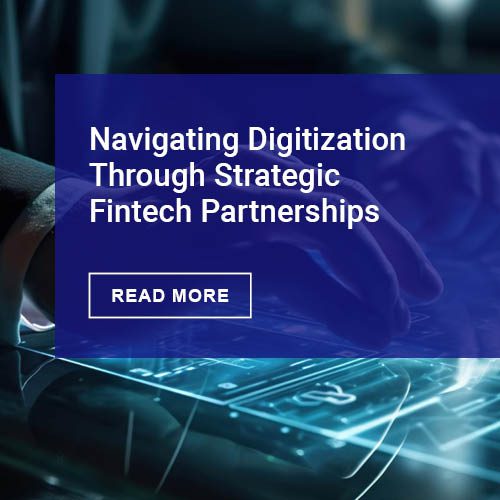Commercial banks compete vigorously for lucrative corporate treasury clients. But in new research, we found that few are giving those clients the one feature they want most: an easier banking experience.
A bank’s investments in customer experience often focus on the consumer, understanding that their mobility and choice is typically greater than business-to-business banking customers. But that’s an oversight costing most banks’ commercial departments.
In more than a dozen in-depth interviews with CFOs and treasury executives, chronicled in Make It Easy: In Treasury Management, Client Experience Rules, clients spell out an increasingly common truth: A difficult experience is a top driver to pursue another banking relationship. One executive told us, “Easy is faster, and faster is more efficient, so all new services went to the banks that were easy.”
The work needed to prioritize the experience in b-to-b banking is well worth it. According to Forrester, businesses that lead in customer experience grew overall revenue more than five times faster than their counterparts over a five-year period. So what steps can financial institutions take to improve the experience for some of their top clients?
1) Give the corporate client a seat at the table. The client experience perspective needs to have not only a seat at the table but also a powerful and meaningful voice. When decisions are made at most banks, client impact is typically not built into the approval process. Managers analyze risk, costs, return on investment and other factors, but often don’t consider the client. To address this, some banks are appointing chief client officers to provide executive voices from clients’ perspectives. These roles ensure a single vision across all methods of client contact, and balance decisions made for operational efficiency and risk management purposes inside a bank.
2) Measure and benchmark ease of doing business. A comprehensive assessment of your bank’s “easy” status is crucial to ensuring that any new strategy is on-target. The assessment is a multi-layer process, but at a minimum, it should include qualitative interviews with clients and stakeholders (executives, sales representatives, and service providers). It should address client-defined, easy-banking attributes (these are defined in our report) and benchmark your findings against competitors, developing a list of bank strengths and weaknesses. Finally, it should apply the findings to a capability-maturity model across a full spectrum of factors: strategy, technology, leadership and governance, capabilities and processes, and people and culture.
Every bank has strengths and weaknesses. Focusing attention only on client service or sales processes can leave the bank vulnerable in other areas important to clients. A frequent frustration is the burdensome quantity of documentation for account opening and treasury management services. In deciding where to take their corporate treasury banking, companies clearly consider documentation requirements. Obtaining client feedback and benchmarking can pinpoint whether this is an issue for the bank and can help prioritize responses.
3) Prioritize client experience in technology upgrades. At nearly every bank, rigid legacy systems that segregate people and data are a fact of life. It is essential to integrate client experience considerations as these systems are upgraded or new platforms are developed, and to prioritize upgrades that can improve ease of doing business. When replacing or enhancing older systems, banks typically consider factors like risk, the vendor’s financial strength and how its technology will integrate with the existing systems. On the other hand, client-centric banks include clauses in RFPs asking the vendor to specify how it will improve the client’s experience.
The combination of valuable-but-dissatisfied clients and sluggish, unresponsive service providers portends a sector ripe for disruption. Indeed, treasury clients have more options than ever. Smaller banks are entering the treasury management space by renting low-cost, up-to-date technology that enables them to be nimble and compete favorably with the legacy players. Likewise, savvy FinTech startups are also chipping away at market share by providing superior niche services.
An easier experience is more important than ever for commercial banks. Easy banking is much more than client service—it includes every touchpoint, starting with the sales process and continuing with onboarding, servicing, and administering an ongoing relationship, including the consultative services banks provide to help the client succeed.
Learn the 10 defined attributes of Easier Banking and download the full report.
Jordan Sternlieb is a director in West Monroe’s Financial Services practice and is an award-winning consultant serving the commercial banking industry on the West Coast.
Mike Anderson is a senior principal in West Monroe’s Financial Services practice and has more than 25 years of bank treasury management leadership experience.
Paul Hagen is a senior principal in West Monroe’s Customer Experience practice. He is a former Forrester analyst and has more than 20 years of experience in human-centered design.











